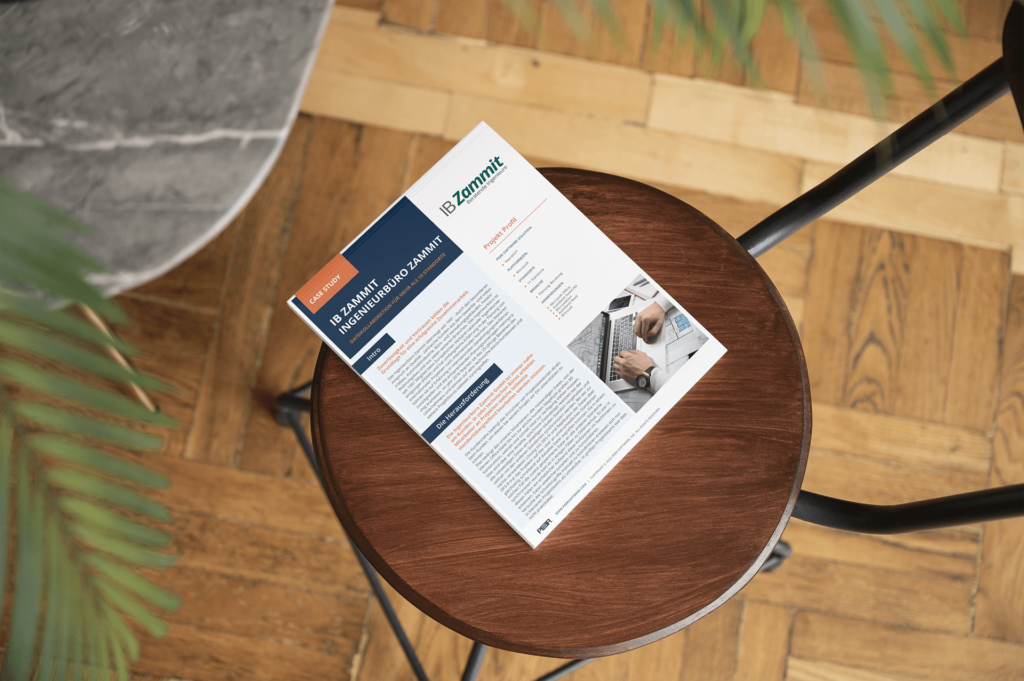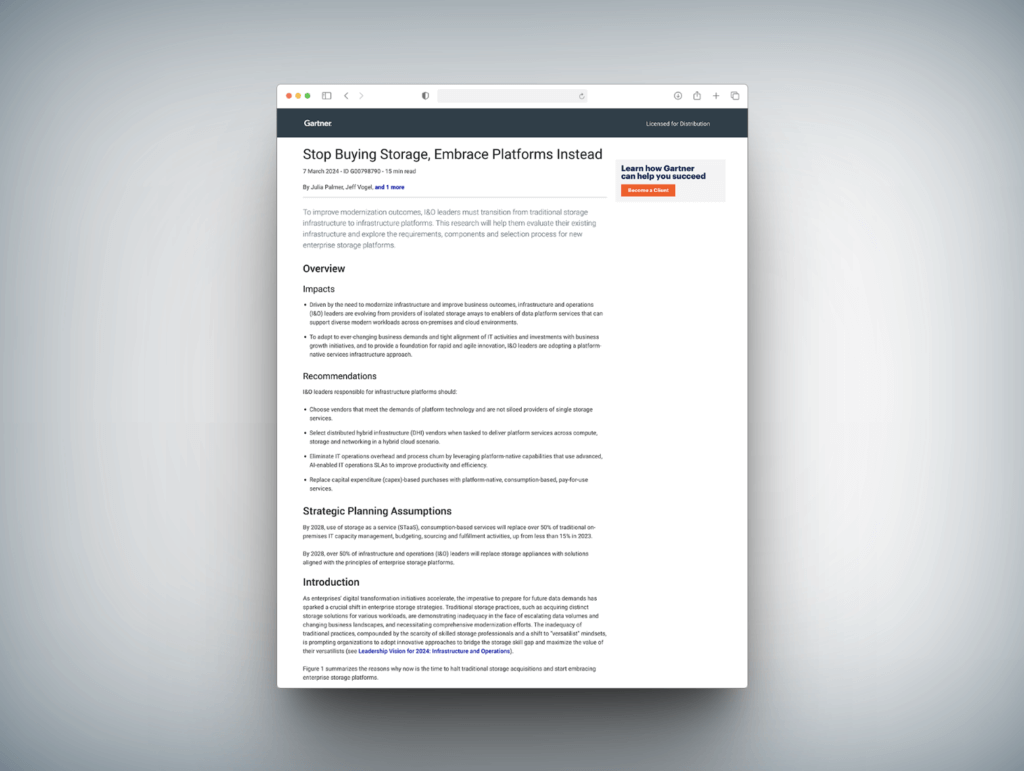Project Profile
Peer Software Solution
- PeerGFS™️
CUSTOMER‘S PLATFORM(S)
- Microsoft
Locations
- 10 Offices
Industry
- Consulting, Planing
Applications
- Microsoft Office
- AutoDesk AutoCAD
- MicroStation
- AutoDesk Revit
- BrisCAD
The Company
Reliability and trust form the basis for a successful
collaboration.
Reliability and trust form the basis for a successful collaboration. Since 1991, the Zammit Engineering Office has impressed numerous customers from commercial and industrial construction, the automotive industry, office and administrative buildings, hotels/residential construction, and many other industries with its special emphasis on quality. Since 1991, the engineering office has been a member of the European Federation of National Engineering Associations (FEANI) and has garnered extensive experience of planning international projects, according to international standards. Furthermore, they can draw on a wealth of experience in international approval procedures and create the corresponding planning documents in multiple languages. In 2016, they celebrated the 25th anniversary of the company and have access to ten technical offices nationwide and additional project offices worldwide.
The Challenge
The Zammit Engineering Office GmbH is always close to the customer. Employees in ten technical offices work on projects that sometimes need to be processed across multiple locations.
The proximity to the customer requires setting up project locations directly at the customer‘s site, in order to support them locally with their project.
This means that all necessary data, from small office files to several hundred megabyte 3D models, must be available locally in a timely manner to our employees. This is achieved through a distributed file system in which all necessary data is held locally at each site, and synchronized with the other locations quickly. The initial solution was DFS-N with replication of data via DFS-R. The problem arose that users at different locations could simultaneously access and write to the same file. In such cases, the last saved file was synchronized to all other locations, resulting in data loss in some cases. In these cases, it was a considerable effort to detect these collisions afterwards, restore data, and consolidate them. Attempts to manually coordinate write accesses proved to be feasible only in smaller project teams, but were not practical in larger project teams.
Solution
PeerGFS enables us to monitor each storage location in real-time and synchronise files immediately.
A global file locking mechanism ensures that a file can only be edited by one user at a time. The previous problem with multiple versions of a file and the potential data loss associated with it has been successfully eliminated.
All file servers are connected to a dedicated management server, the Peer Management Center, which significantly improves monitoring and administration. The previously used Microsoft namespace could be retained, so no adjustments were needed regarding the type of file access.
It was decided to make a gradual transition from DFS-R to PeerGFS. Initially, critical projects were switched to PeerGFS, with further projects following gradually. This gradual transition was very successful. Since no shares or permissions had to be adjusted for the transition, end-users experienced only minimal disruptions during the switch.
In the meantime, critical data is synchronized via the real-time collaboration that PeerGFS provides between the file servers. PeerGFS has additionally simplified the replacement of server hardware. By preparing the new hardware in the IT department and pre-loading it with user data, the maintenance period for a site can be minimized to an absolute minimum without any missing or incomplete files.
Results
The introduction of PeerGFS was decisive
for our ability to collaborate effectively even in the largest project teams across great distances.
Through PeerGFS and the use of global file locking, security against accidental data changes by simultaneously accessing users has been significantly increased.
The processing and transmission speed provided by PeerGFS‘s real-time monitoring and replication is good, and certainly on par with the previously used DFS-R.
The LDAP integration with the ability to make the replication status accessible to selected users is welcome. Equally helpful is the ability to track the open files in realtime.
PeerGFS also offers a Target Protection function in the form of a hidden folder on the various servers. In these folders, all deleted and previous versions of a file are stored for a definable period of time. The previous versions of the synchronized files enable the IT department to effectively restore files that have been accidentally modified or damaged by users, and hand them over to the user for review.
This allows human errors to be quickly undone, and in a way that involves no loss of work.
By introducing PeerGFS, not only was security increased, but employees and IT were also significantly relieved.
Gerrit Papenburg, Head of Administration






